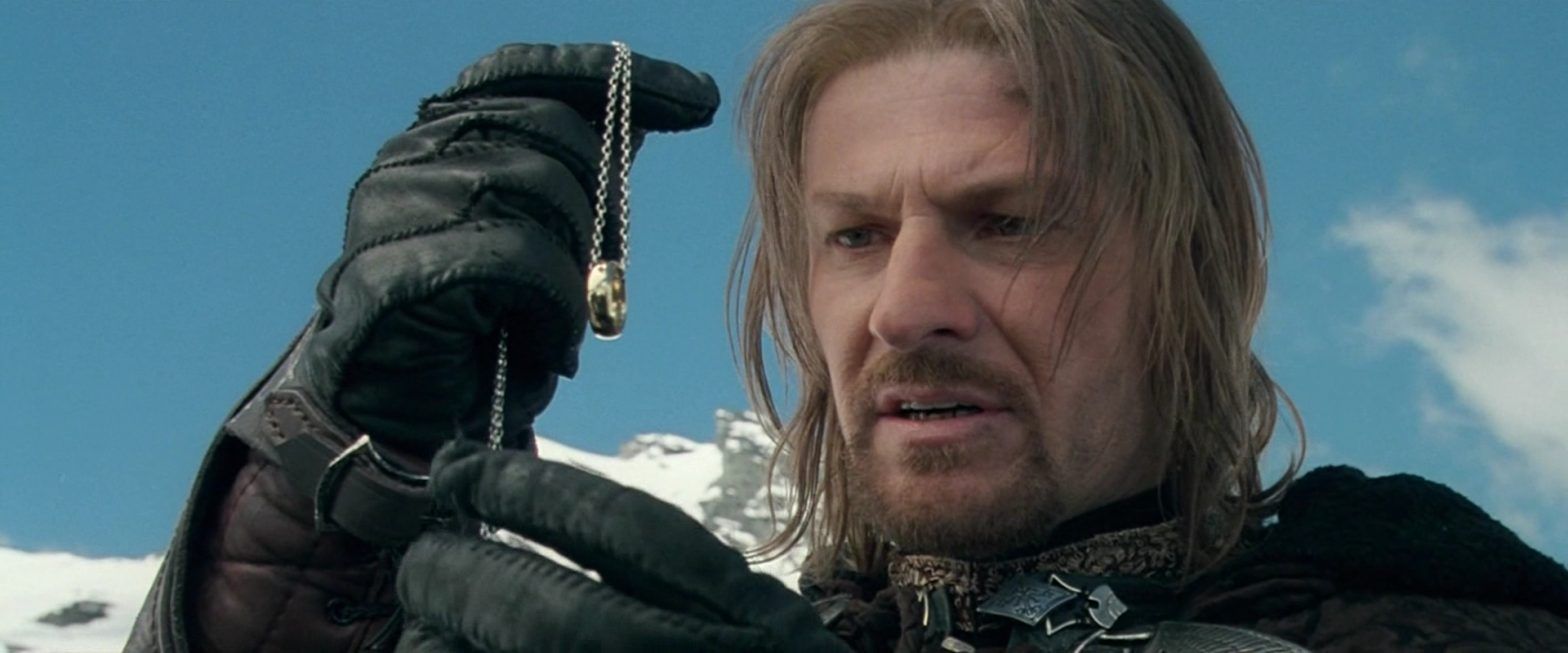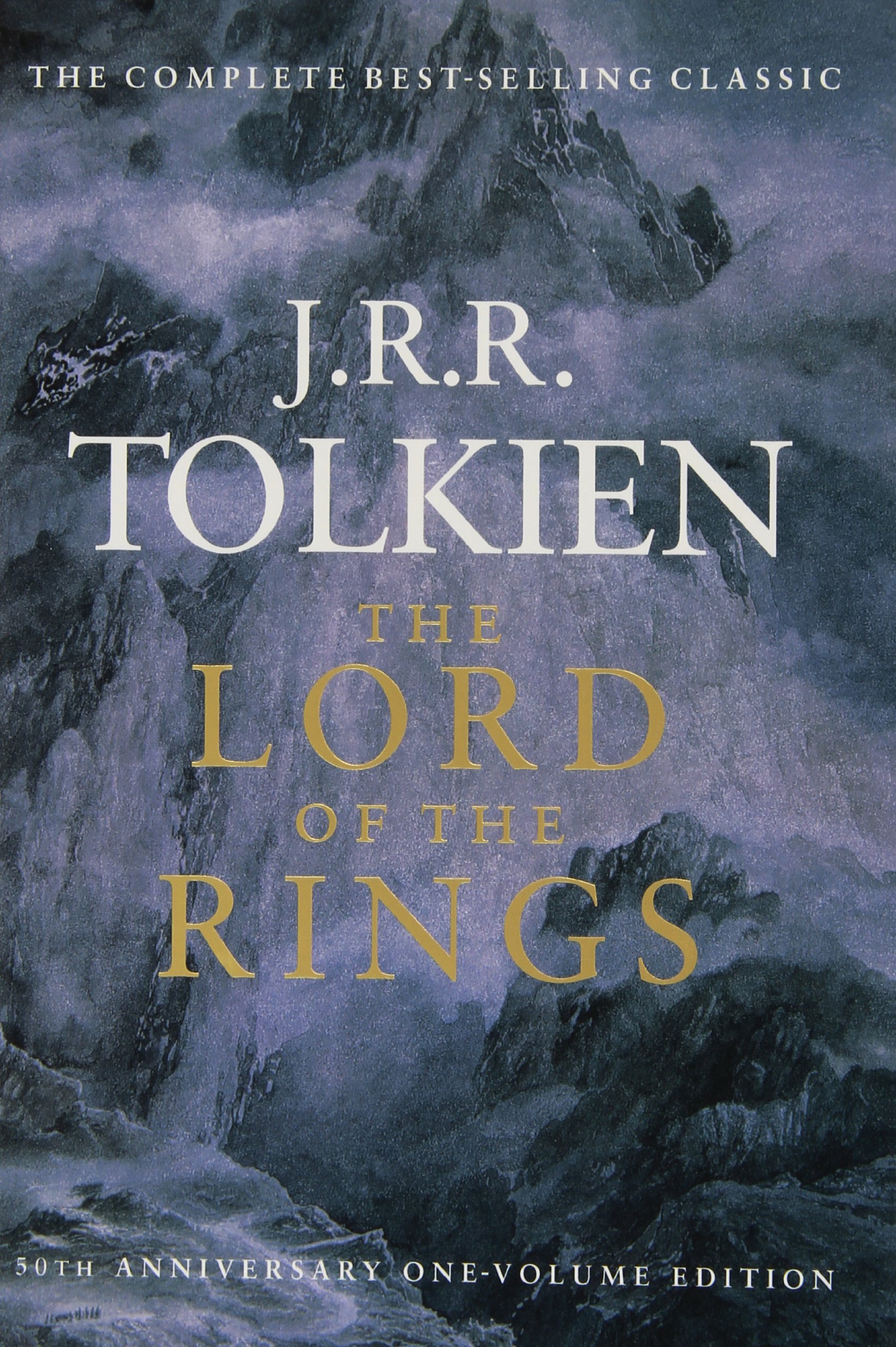

Again, the i-sound is represented by a dot over the s. "is" uses a special character that's actually the letter z, since it's a hard S.The combination looks like a letter i! Then there's an e-tehtar, which looks like an acute accent (´), over the n at the end of "Tolkien." "Tolkien" shows the i-tehtar, a dot, over the vowel placeholder.Also, if you look at your copy of The Lord of the Rings, you'll see that Tolkien had fun turning the e and u tehtars into fancy flourishes. "Reuel" presents a mess: it's got too many vowels in a row, so the vowel-placeholder shows up twice.
 I'm a little puzzled why Tolkien put the curly o-tehtar over the n at the end of "John." I suppose the h-sound isn't really a consonant. In the word "by" the tehtar for y is set above that placeholder character I mentioned. The ch sound is one Tengwar character which looks a little like a y. I couldn't fit it quite where Tolkien did, but it's over the s in "Westmarch." The letter a is represented by three dots over the r. The letter e is represented by a tehtar that looks like an acute accent (´). "of" is represented by a single special character that looks like an m sitting on a T turned sideways. I've added spaces between the words there aren't any in the original. "of Westmarch by John Ronald Reuel Tolkien. Before we can go on, we need to pause and understand how Tengwar works, because it's a little more complicated than Cirth runes. In most editions of The Lord of the Rings, this line of runes at the top of the page is followed by two more lines in Tengwar at the bottom of the page. As Tolkien fans know, The Red Book of Westmarch is the Hobbits' name for Bilbo's book about his and Frodo's adventures. Also, the "e" sound in "the" can be written with a mark that looks like an apostrophe to save space ("translat'd"). The "e" sound in "the" is pronounced differently from the "e" sound in "red," so Tolkien uses a different character for those two sounds. Tolkien's Elvish scripts always distinguish them with different characters. What's the difference? The dh sound is a hard th, as in this, while the true th sound is a soft th as in thin.
I'm a little puzzled why Tolkien put the curly o-tehtar over the n at the end of "John." I suppose the h-sound isn't really a consonant. In the word "by" the tehtar for y is set above that placeholder character I mentioned. The ch sound is one Tengwar character which looks a little like a y. I couldn't fit it quite where Tolkien did, but it's over the s in "Westmarch." The letter a is represented by three dots over the r. The letter e is represented by a tehtar that looks like an acute accent (´). "of" is represented by a single special character that looks like an m sitting on a T turned sideways. I've added spaces between the words there aren't any in the original. "of Westmarch by John Ronald Reuel Tolkien. Before we can go on, we need to pause and understand how Tengwar works, because it's a little more complicated than Cirth runes. In most editions of The Lord of the Rings, this line of runes at the top of the page is followed by two more lines in Tengwar at the bottom of the page. As Tolkien fans know, The Red Book of Westmarch is the Hobbits' name for Bilbo's book about his and Frodo's adventures. Also, the "e" sound in "the" can be written with a mark that looks like an apostrophe to save space ("translat'd"). The "e" sound in "the" is pronounced differently from the "e" sound in "red," so Tolkien uses a different character for those two sounds. Tolkien's Elvish scripts always distinguish them with different characters. What's the difference? The dh sound is a hard th, as in this, while the true th sound is a soft th as in thin. 
They are two distinct sounds, even though we use th to represent both of them in English. The rune that I transliterated as th in "the" is more properly transliterated dh.Similarly, the word book is written with three characters: b + oo (which looks a little like an M) + k. So "the" is written with two characters: a th rune and an e rune. The sounds th, ng, oo are each represented by one character (certh).~ THE LORD OF THE RINGS TRANSLATED FROM THE RED BOOK ~ Notes: Elvish Runes on the Title Page of "The Lord of the Rings"







 0 kommentar(er)
0 kommentar(er)
